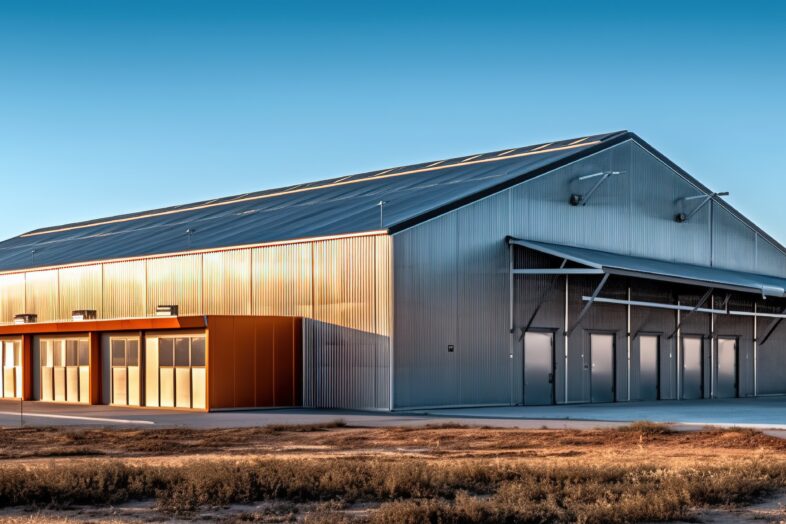
Exploring the Rise of Barndominiums: A Fusion of Rustic Charm and Modern Living
- June 7, 2019
- Metal Buildings
In the realm of residential architecture, a unique and increasingly popular trend has emerged over the past few years – the rise of barndominiums. Blending the rustic appeal of barns with the comfort and functionality of modern homes, barndominiums have swiftly carved their niche in the housing market, offering a fresh, innovative, and versatile living space for individuals seeking something different from conventional housing.
Origins and Evolution
The term “barndominium” itself is a portmanteau of “barn” and “condominium.” Initially, the concept evolved from the practice of converting existing barns into living spaces, but it has since progressed into purpose-built structures that fuse the aesthetic elements of barn architecture with contemporary home design.
The classic features of a barndominium include the high, vaulted ceilings, open floor plans, expansive interior spaces, and the incorporation of metal elements, which pay homage to the building’s barn origins. However, these structures also boast modern amenities, such as energy-efficient appliances, sleek finishes, and high-quality insulation, providing the convenience and comfort expected in today’s homes.
Versatility in Design and Functionality
One of the most compelling aspects of barndominiums is their versatility. The wide-open interiors offer endless possibilities for customization and can be tailored to suit the owner’s preferences and lifestyle. Whether it’s creating an inviting living room, a spacious kitchen with an island, or dividing the space into multiple bedrooms, the adaptability of these structures is a significant draw for those seeking a personalized living space.
Moreover, barndominiums often feature large windows, allowing natural light to flood the interiors, and they frequently incorporate outdoor spaces like porches or decks that seamlessly blend with the surrounding landscape.
Cost-Effectiveness and Sustainability
Barndominiums also stand out for their cost-effectiveness. Building a barndominium can often be more affordable than traditional homes due to their simple construction and use of materials. Additionally, the energy-efficient design and the possibility of integrating renewable energy sources, such as solar panels, make them a sustainable housing option.
Challenges and Considerations
While the concept of barndominiums is gaining traction, there are challenges and considerations to be mindful of. Building codes and zoning regulations in some areas might pose obstacles, as these structures can sometimes blur the lines between residential and agricultural properties. Hence, it’s crucial to navigate local regulations before embarking on a barndominium project.
Additionally, maintenance, especially with metal elements, might require attention to prevent rust or deterioration, although proper upkeep can mitigate these issues.
In Conclusion
Barndominiums have become a symbol of innovation in the housing industry. Their unique blend of rustic aesthetics with modern living standards and adaptability offers an attractive alternative for those seeking a distinctive dwelling. Whether used as primary homes, weekend getaways, or multi-functional spaces for work and living, the appeal of barndominiums continues to grow, offering a fresh perspective on contemporary housing.
As the trend evolves and gains further acceptance, it’s evident that barndominiums are more than just a passing fad. They represent a compelling and exciting fusion of the past and the future, creating homes that are both visually striking and highly functional.